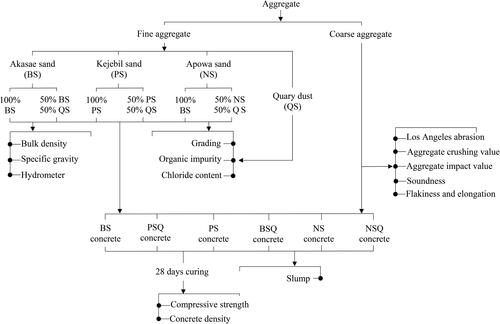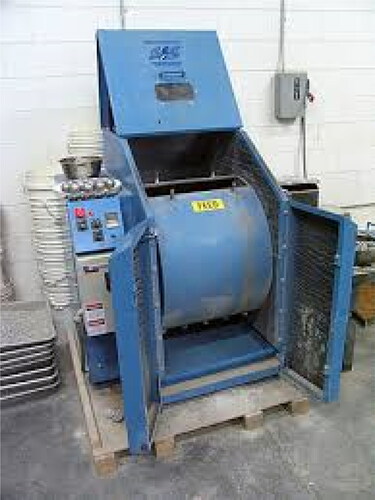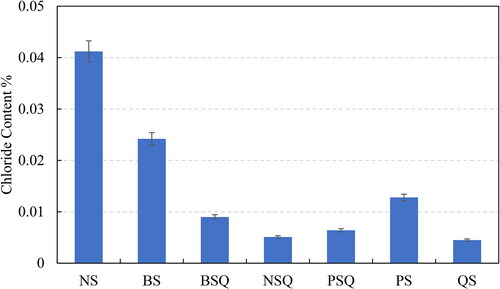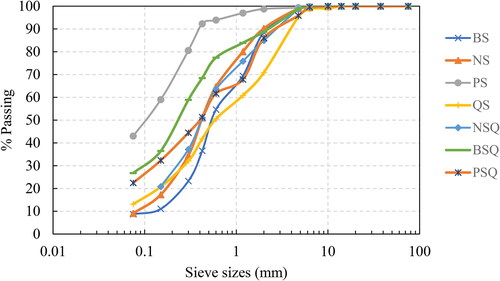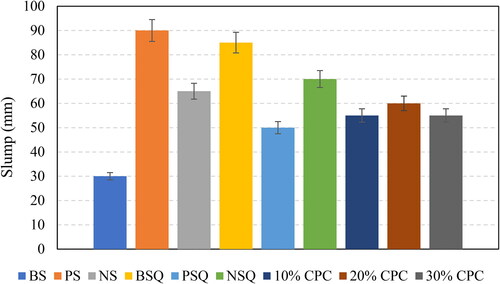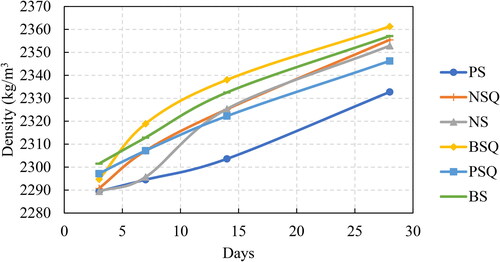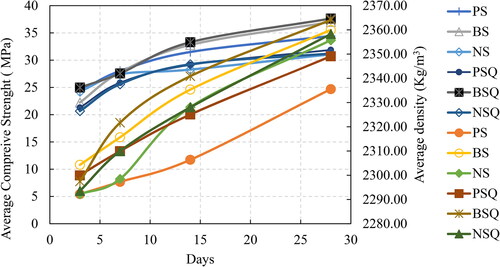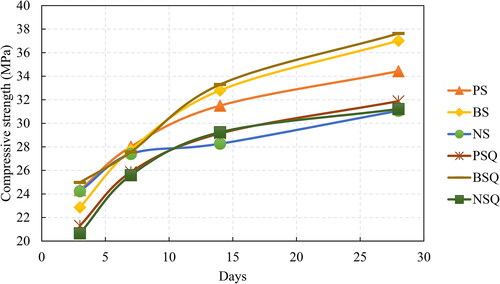Figures & data
Figure 1. The locations of the areas where fine aggregate samples were collected are denoted by red spots.
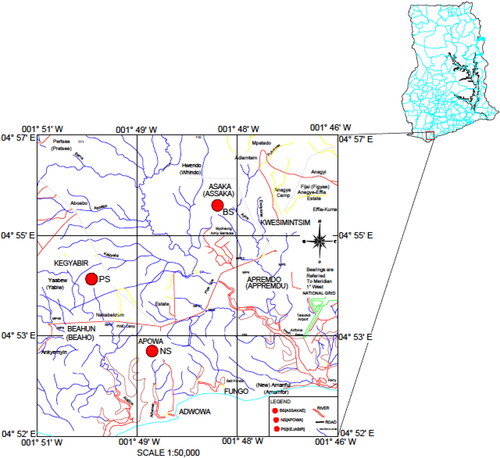
Table 1. Mix design of concrete.
Figure 4. The slump test. (a) The cone was used for the test. (b) The slump was produced from a cone with a rod and measuring ruler measuring the slump in millimetres.
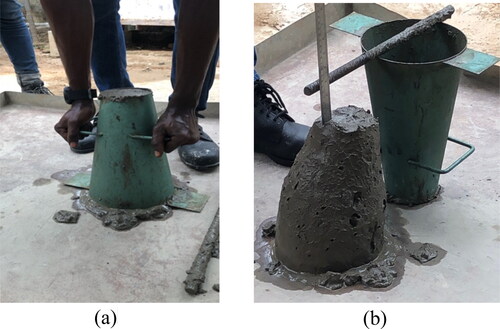
Table 2. Chemical composition of fine aggregates.
Table 3. Chloride and oxygen contents of fine aggregates.
Table 4. Physical properties of coarse aggregates.
Table 5. Physical properties of fine aggregates.
Table 6. The average density of concrete produced with different fine aggregates.
Table 7. Average compressive strength for all types of fine aggregates.
Data availability statement
The data and materials supporting the results or analyses presented in this article are available upon reasonable request. Requests for access to the data should be directed to the corresponding author.

